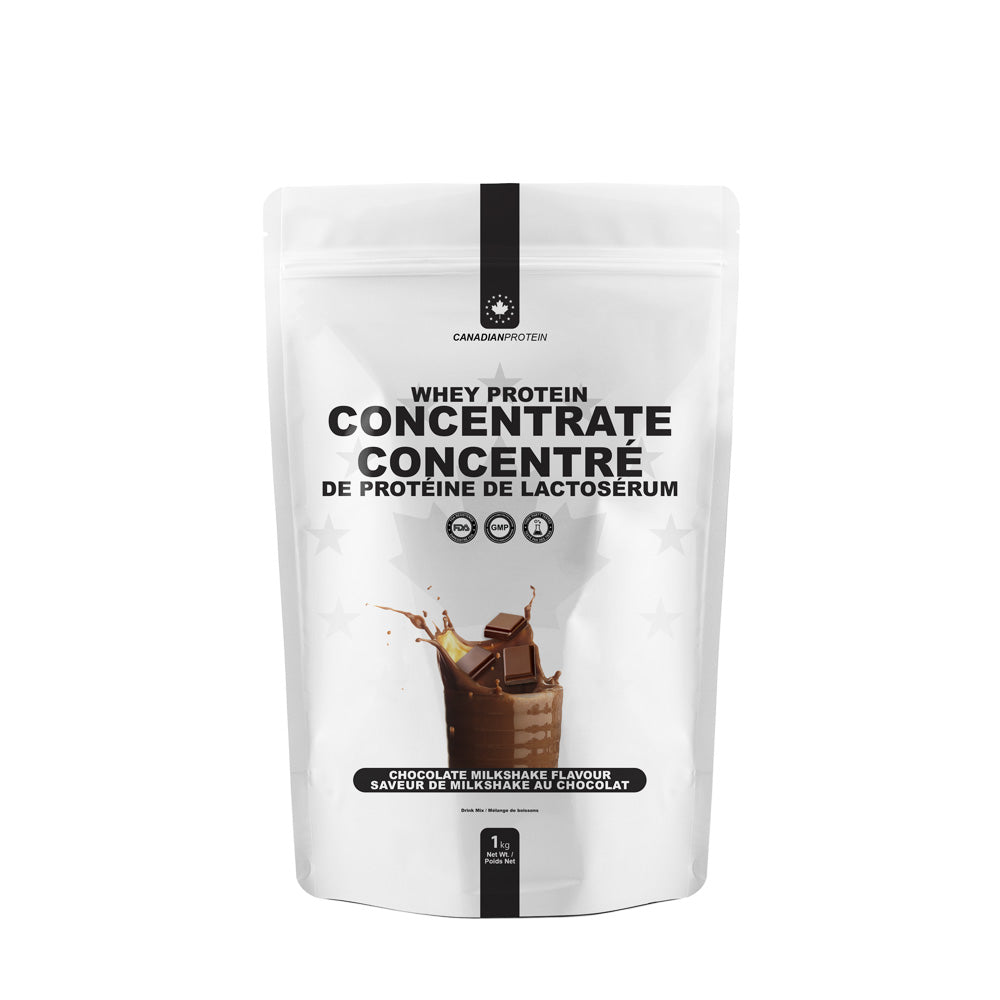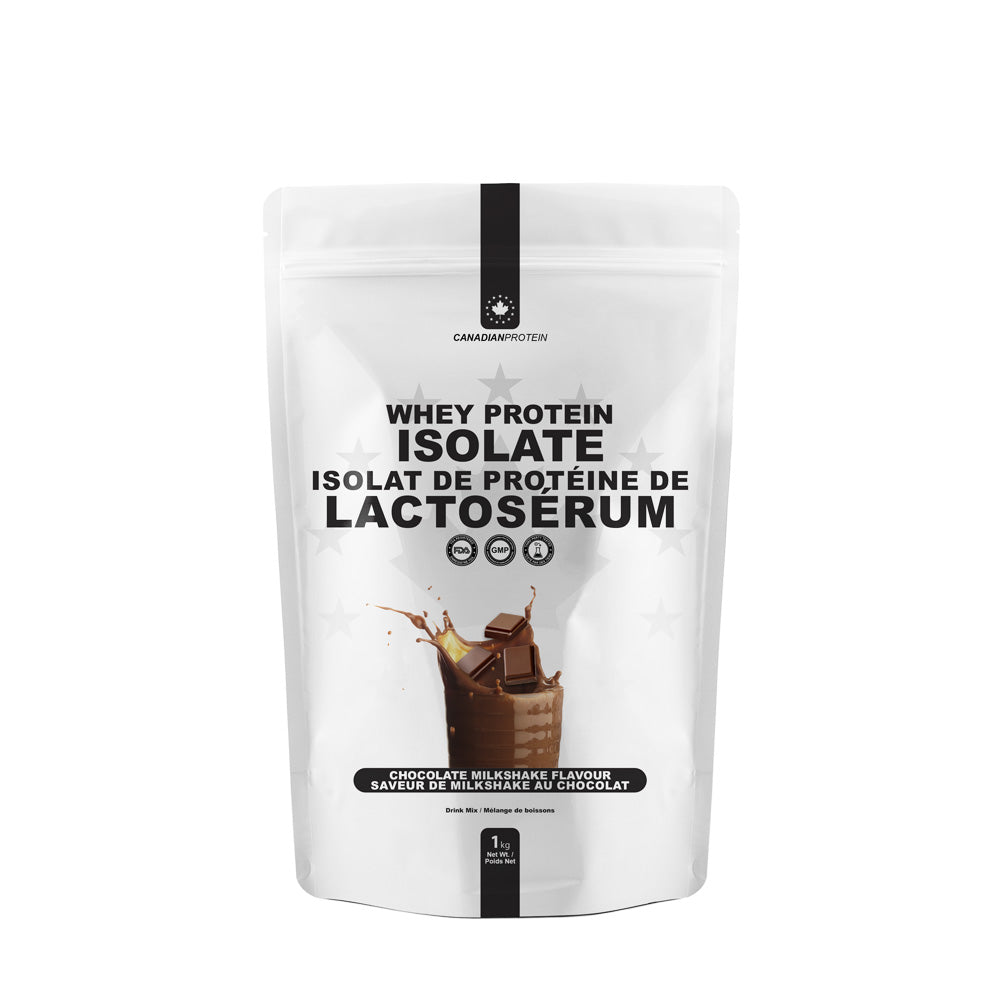Think about some of your favourite comfort foods in the entire world. Which foods immediately spring to mind? For many, they think of foods such as cake, grilled cheese sandwiches, pasta, spaghetti Bolognese etc. Now, imagine that every time you were to eat these foods, your stomach would become bloated, you’d experience stomach cramps, you’d experience gas and flatulence, and you’d generally be in a great deal of pain and discomfort for hours upon hours afterwards. Doesn’t sound too pleasant does it, yet that is what happens to many people suffering from gluten intolerances and allergies such as Celiac disease, and what’s especially frustrating is that many people suffering from gluten allergies and intolerances, don’t actually realise what’s wrong with them as they don’t realise they have an allergy or intolerance in the first place. Millions upon millions of people all over the world suffer from these very conditions such as celiac disease, which is all thanks to gluten. But what exactly is it that causes so many people to react so violently to gluten consumption, what actually is gluten, how do these allergies and intolerances affect so many people, and what can be done to manage them? Well, let’s take a more in-depth look shall we?
What exactly is Gluten?
Gluten is actually the name given to the proteins found naturally within grains and it is also naturally present within every form of wheat. Many dieticians and indeed gluten intolerant individuals, use the acronym BROW to help them remember where Gluten is found. This stands for Barley, Rye, Oats, and Wheat.
What is a gluten intolerance and what are the signs and symptoms?

Basically, a gluten intolerance is referred to as celiac disease, on top of other slightly lesser well known names such as Gluten Sensitive Enteropathy (GSE) or Sprue. This condition is actually far worse than just an intolerance and it is actually an autoimmune disease that affects millions of people all over the world. It occurs when the body is unable to cope with gluten and it creates an autoimmune response which actually causes a great deal of damage to the lining of their small intestine, which in turn causes some very unpleasant side effects indeed. Unfortunately there is no cure for the condition, so there are no magic pills that can be swallowed. Instead, the only way of treating the condition is to cut gluten out of your diet entirely by going gluten-free. Some of the main signs and symptoms of a gluten intolerance are:
Gastrointestinal issues – As gluten allergies and intolerances affect the digestive tract, naturally there are a number of gastrointestinal issues associated with the condition, especially with children. Common gastrointestinal issues include:
• Cramping
• Bloating
• Diarrhea
• Constipation
• Changes to bowel movements
• Gas
As well as the above, symptoms of gluten intolerances may also mimic those of other illnesses and diseases, including crohn’s disease and IBS (irritable Bowel Syndrome).
Fatigue – Another very common symptom of a gluten intolerance is fatigue and a distinct lack of energy. Inside the small intestine, are tiny finger-like objects known as villi. People suffering from celiac disease actually have these Villi destroyed. Why does this lead to fatigue and tiredness? Well, because these Villi are essential for nutrient absorption which is how we absorb the nutrients essential to our bodies from the foods and drinks that we consume on a daily basis. If we find that too many of these Villi are destroyed, we can suffer from malnutrition because we aren’t able to absorb enough nutrients and so we may find ourselves constantly feeling tired and rundown due to a lack of energy. Sometimes this fatigue can come and go in waves, whereas at other times it can remain pretty much constant, in which sufferers may experience chronic fatigue. The good news however, is that once the problem is identified, and subsequently dealt with in the form of eliminating gluten from the diet, the resilient little villi are able to heal and regenerate themselves and so can begin absorbing more nutrients than ever, which will then lead to the relief of fatigue and tiredness.
Rashes – Many autoimmune conditions cause tender, and often painful rashes to the skin, and celiac disease is most certainly no exception. This is due to antibodies being released as a result of the consumption of gluten, which deposit themselves directly underneath the first layer of our skin. This can cause blisters and flaky, irritated skin. For some people, this may be the only symptom of a gluten allergy or intolerance. Some of the most commonly affected areas of the body include: the elbows, the knees, the hands, the scalp, the shoulders, the buttocks, and even the face in more extreme cases.
Bone and joint conditions – As mentioned, some people may suffer from celiac disease for years upon years before receiving an official diagnosis, which means that they will suffer for years upon years with a lack of nutrient absorption. People who have suffered with the condition for a long time may actually develop bone and joint conditions such as osteoporosis and thinning bones due to a lack of the mineral Calcium which is essential for bone and joint health. Some people experience other similar conditions such as arthritis and painful joints.
Tips for following a gluten-free diet

So, now that we know about what gluten is, what causes gluten intolerances, and what some of the main symptoms are, the next logical step for anybody who thinks they may be suffering from a gluten intolerance related condition, is to cut gluten out of their diet for good, which unfortunately is far easier said than done, because it is found in so many day to day products we see on store shelves all across the globe. Following a gluten-free diet however, can be made much easier when you get a little help from the right places, which is where we come in as we’ll now be taking a look at a few handy tips for following a gluten-free diet.
Read nutrition and ingredients labels – If you’ve recently been diagnosed with celiac disease or a gluten intolerance in general, the first thing you need to do is to get used to reading the nutritional and ingredients labels of every single product you purchase. Nowadays, because these conditions are so common most product labels will tell you clearly whether or not the products contain Gluten or not, but that isn’t the case for all products. Also, you will need to learn to look for gluten found hidden, I.E in foods that naturally contain gluten. Common examples include: wheat, malt, oats, barley, rye, oat flour, flour etc. Some of these ingredients could even contain artificial flavourings and chemicals which could also exasperate your condition. Generally, if possible, look for more natural and whole foods as opposed to heavily processed foods, because that way you’re less likely to encounter hidden gluten.
Look for alternative flour sources – If you enjoyed baking, you may be feeling pretty sorry for yourself as regular flour is most certainly a no-go if you can’t consume gluten. Before you feel too down however, first you should take the time to look for alternative flour sources. Remember, not all flours contain gluten, so avoid ones like white, pastry, and whole wheat and grain flour and instead look for flours such as potato flour, rice flour, and fava bean flour instead. These may sound odd, but many of them make fantastic breads and cakes that taste just as good, if not better, than those made with regular flours.
Don’t cross-contaminate – For people who can’t consume gluten, even the slightest amount can cause a pretty nasty reaction so you’ll need to ensure that you do all that you can to avoid cross-contaminating your foods and your food surfaces. If you use butter for example, label it so that nobody else uses it because the last thing you want is somebody else’s bread crumbs mixed into your butter. If you prepare food on chopping boards and surfaces where gluten-rich foods have been prepared, make sure that you clean them thoroughly beforehand just to ensure that you get rid of any last remnants, or potential remnants, of gluten you possibly can. Never store gluten-free produce with produce that contains gluten, and always be wary of cross-contamination.
Consider the fact that anything can contain Gluten – Many sauces and products you probably never even considered could contain gluten, do in actual fact contain gluten. Beers, sausages, luncheon meat, soy sauce, mustard, sauces, and dressings often contain gluten, which is often used as a thickening agent, or rather, flours are often used as thickening agents, which of course, contain our friend gluten. Again, go back to the nutritional label side of things and always read labels carefully, and once you’ve read them once, read them again to be sure.













